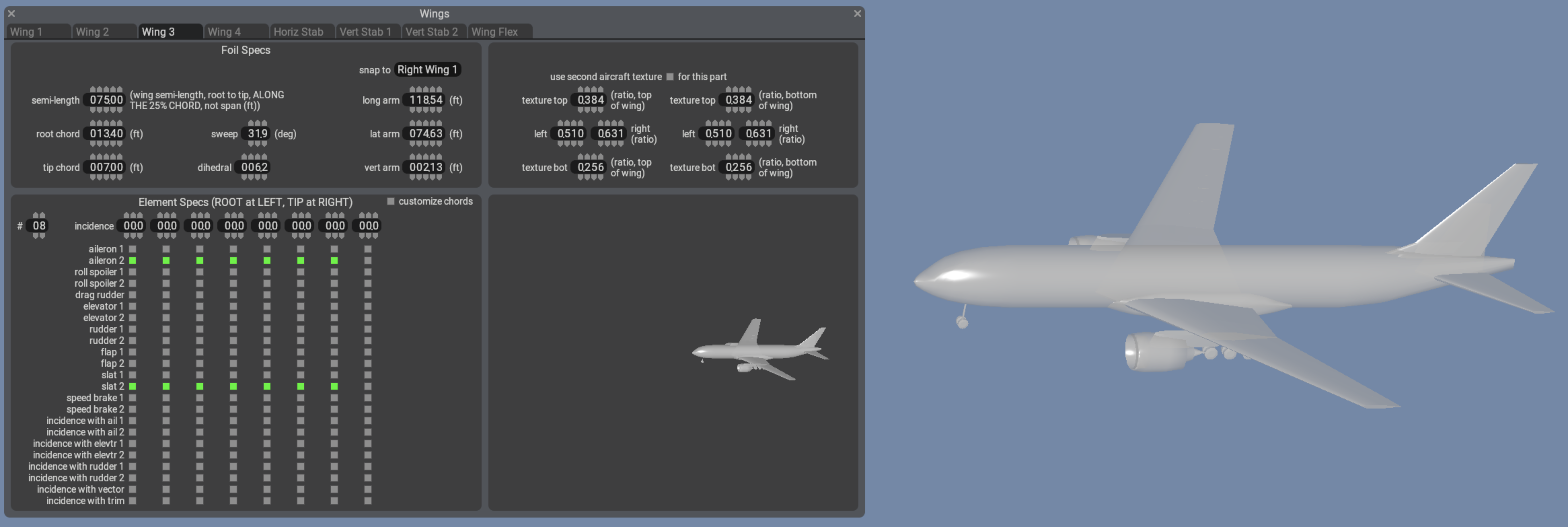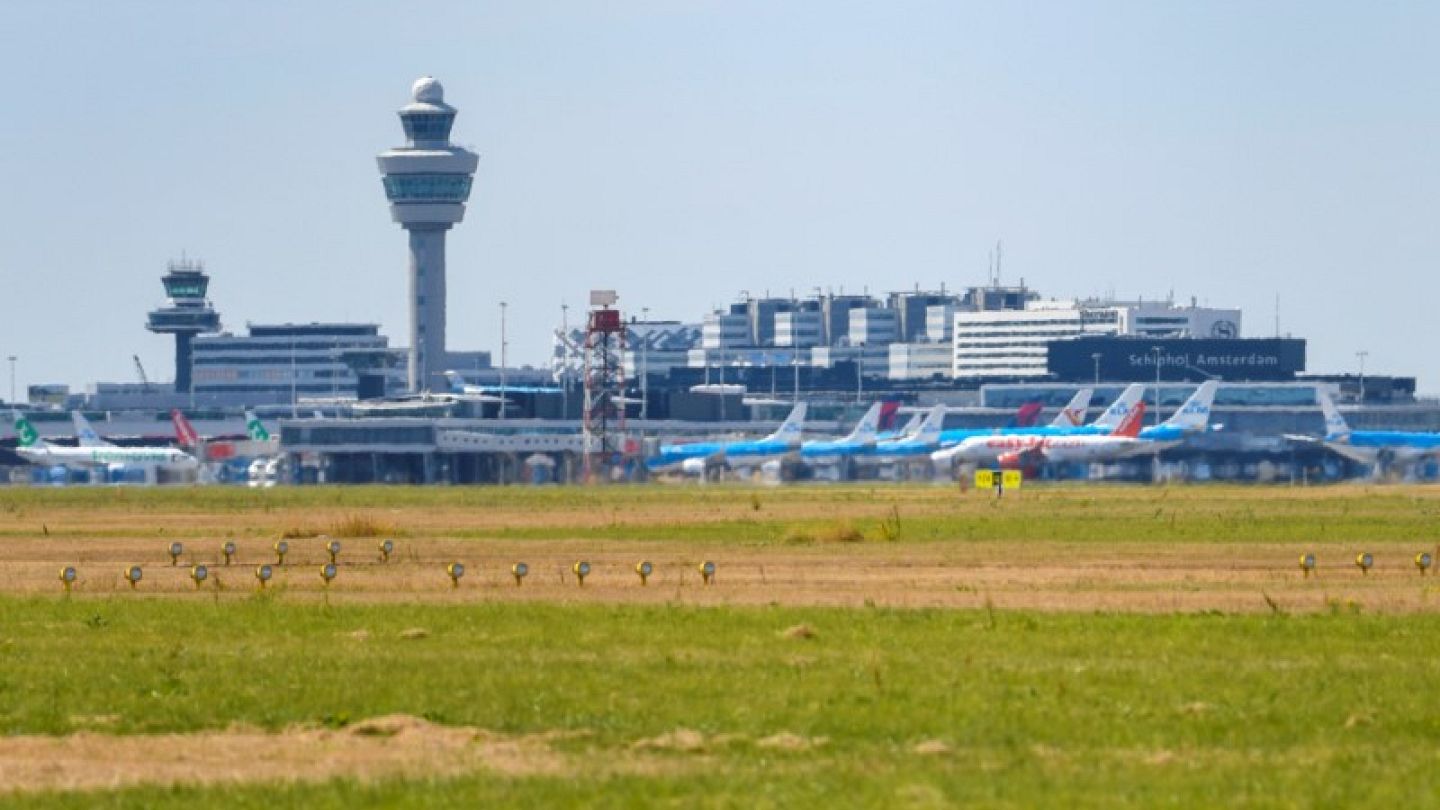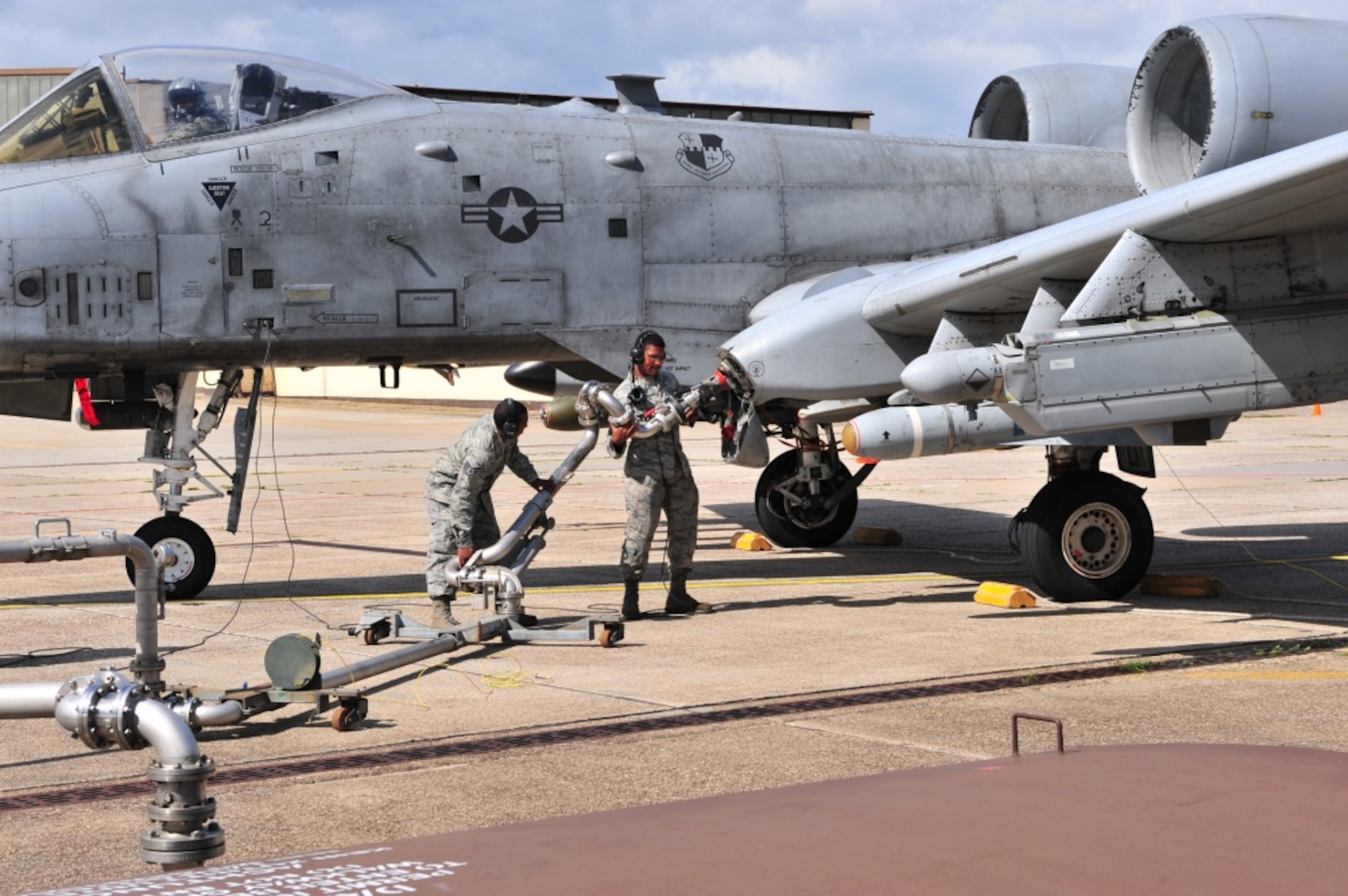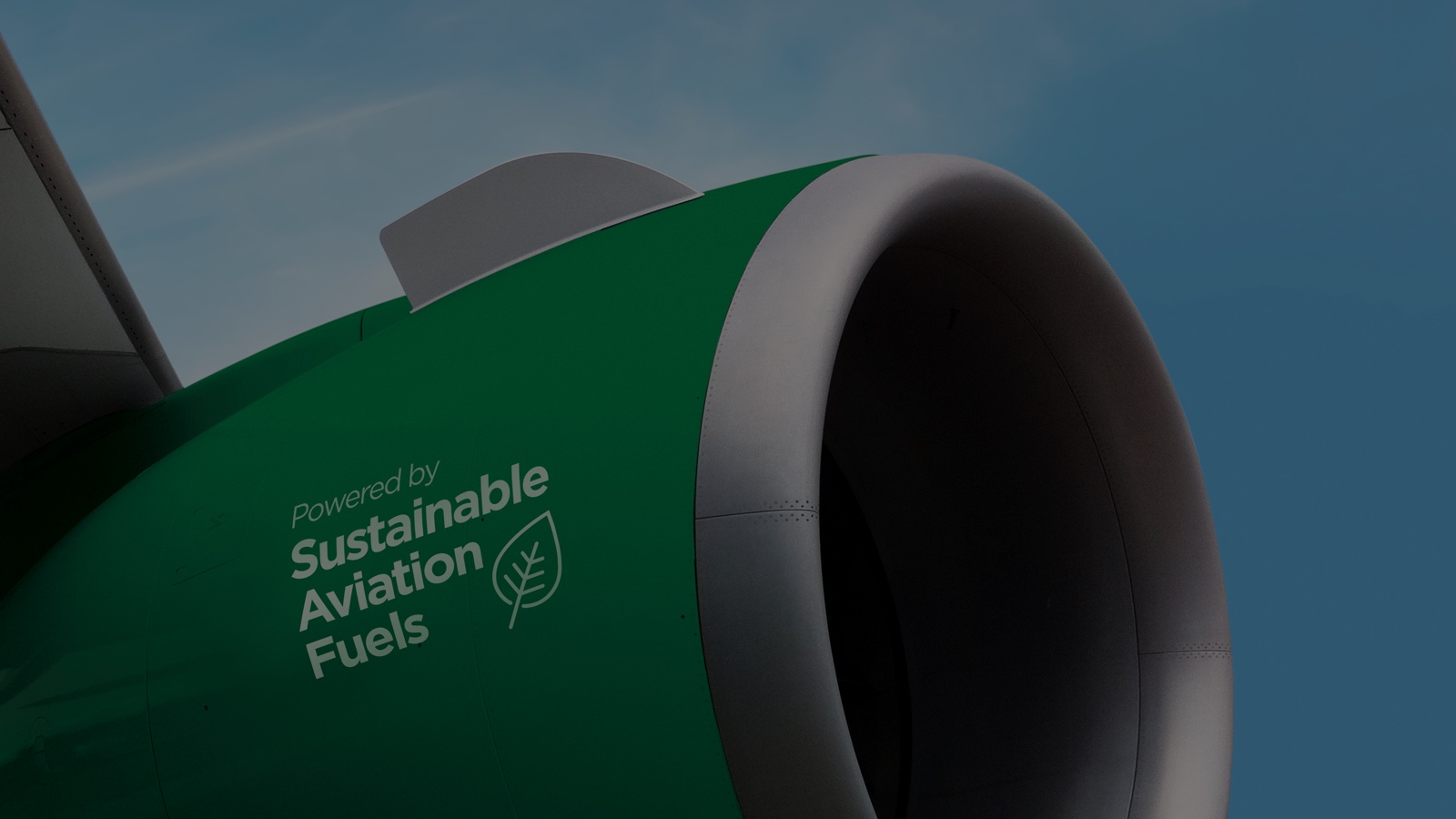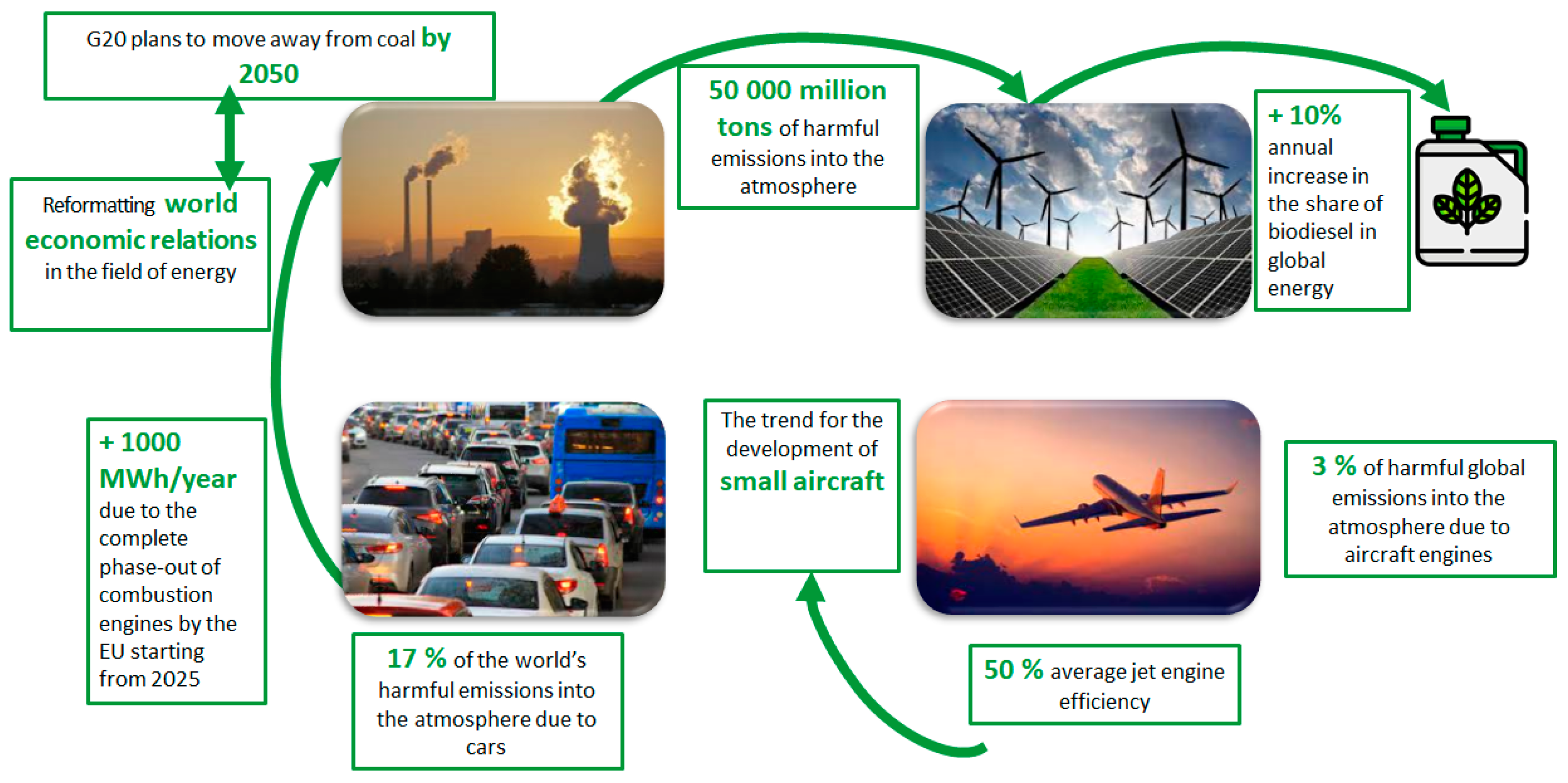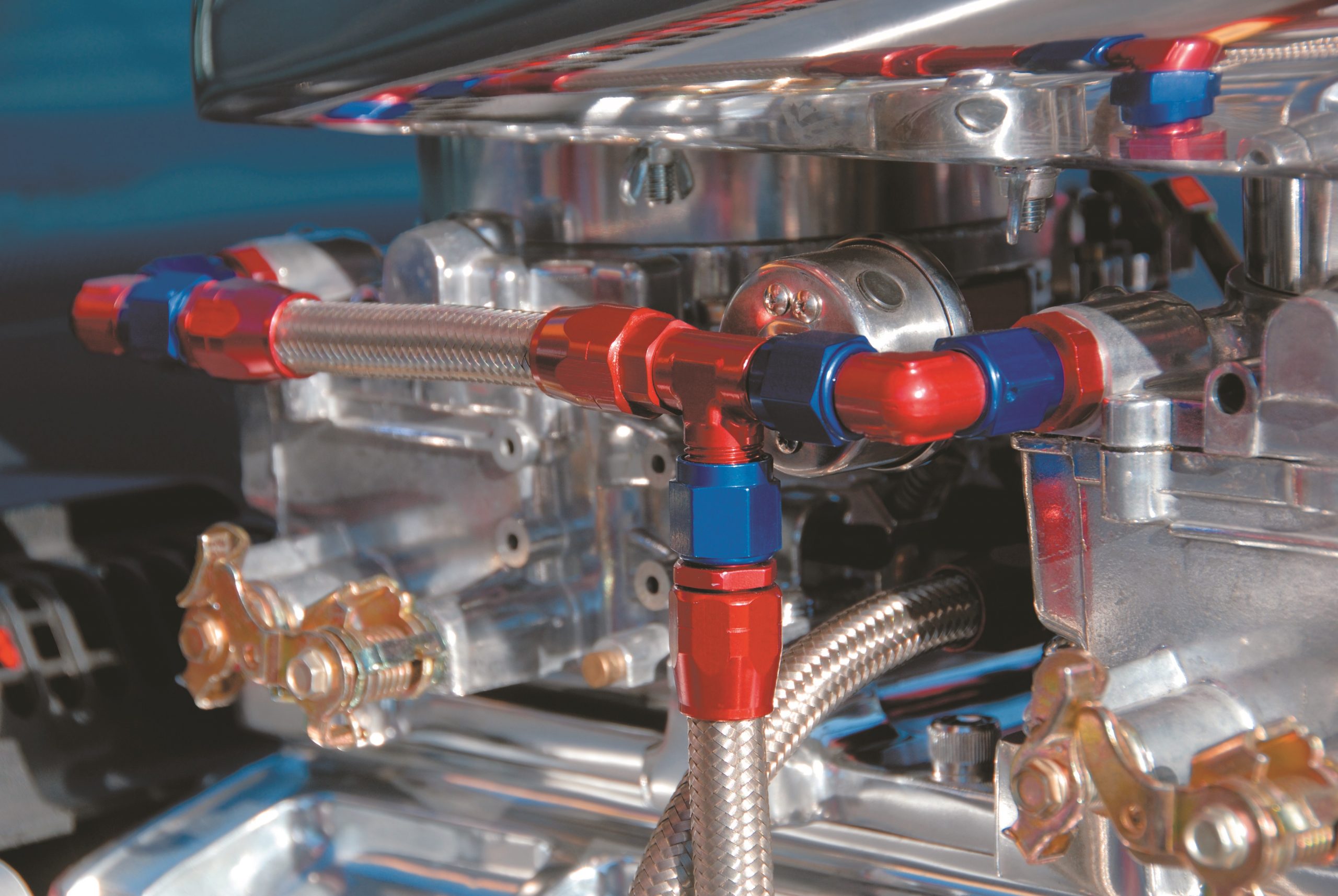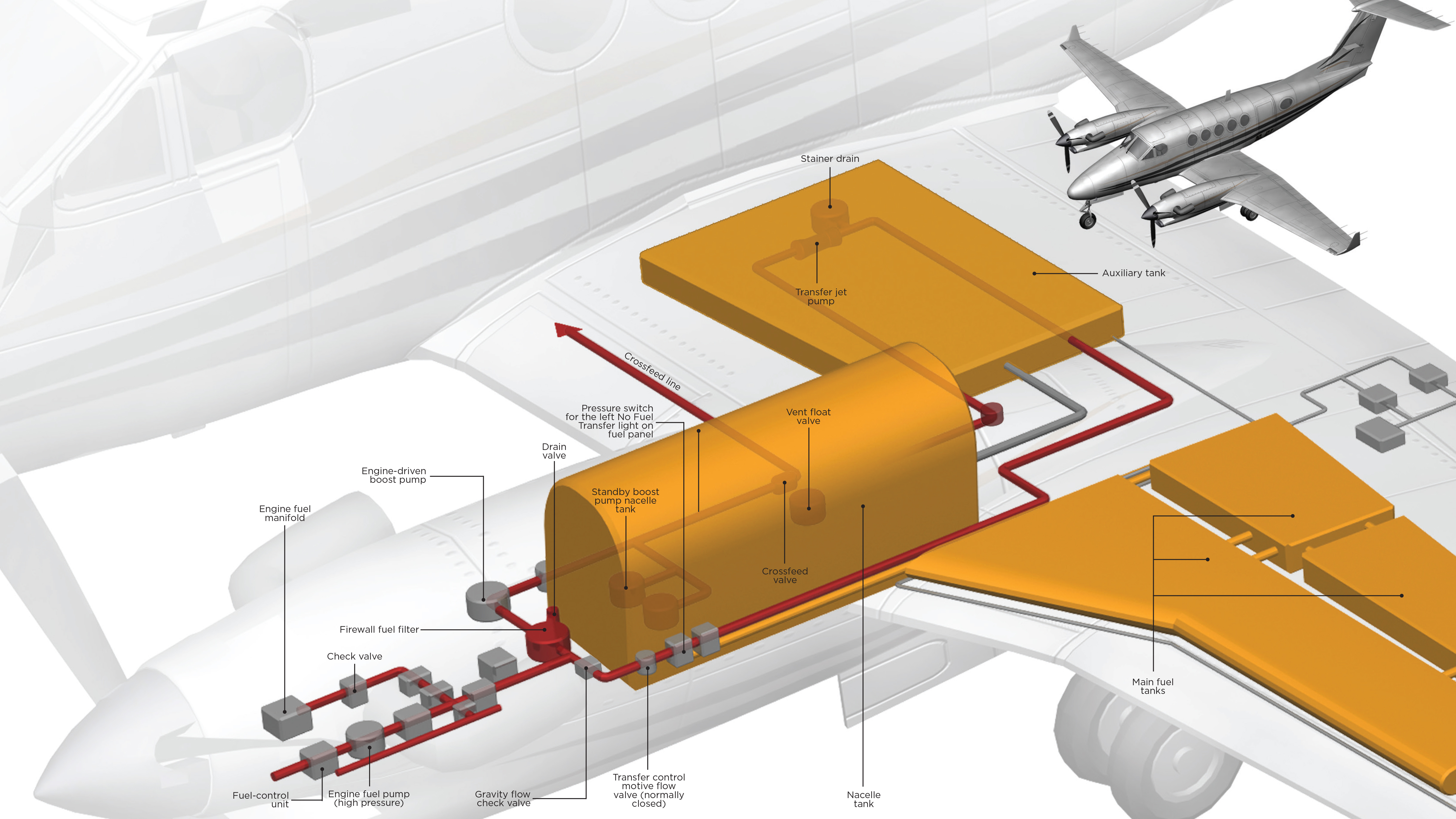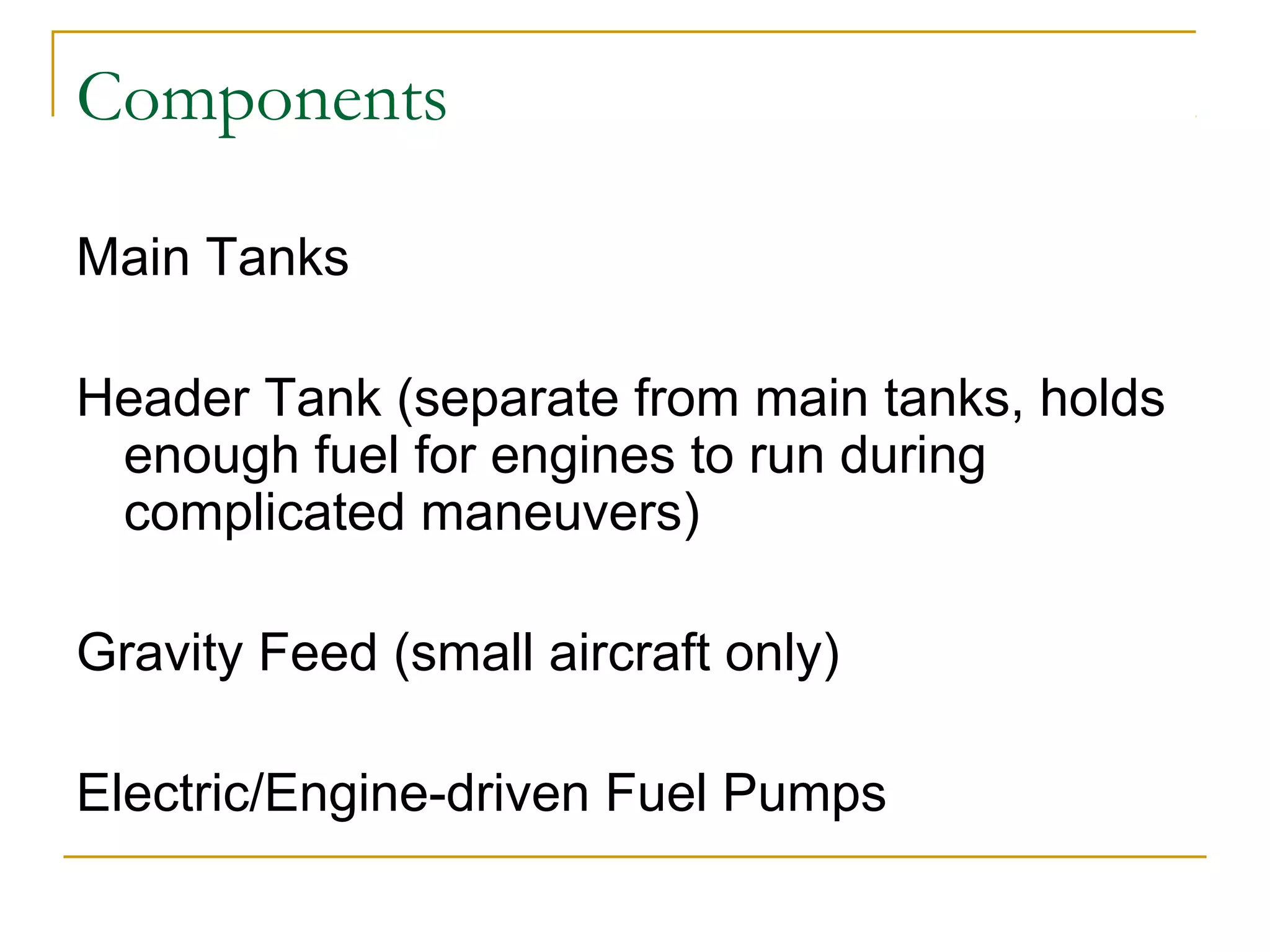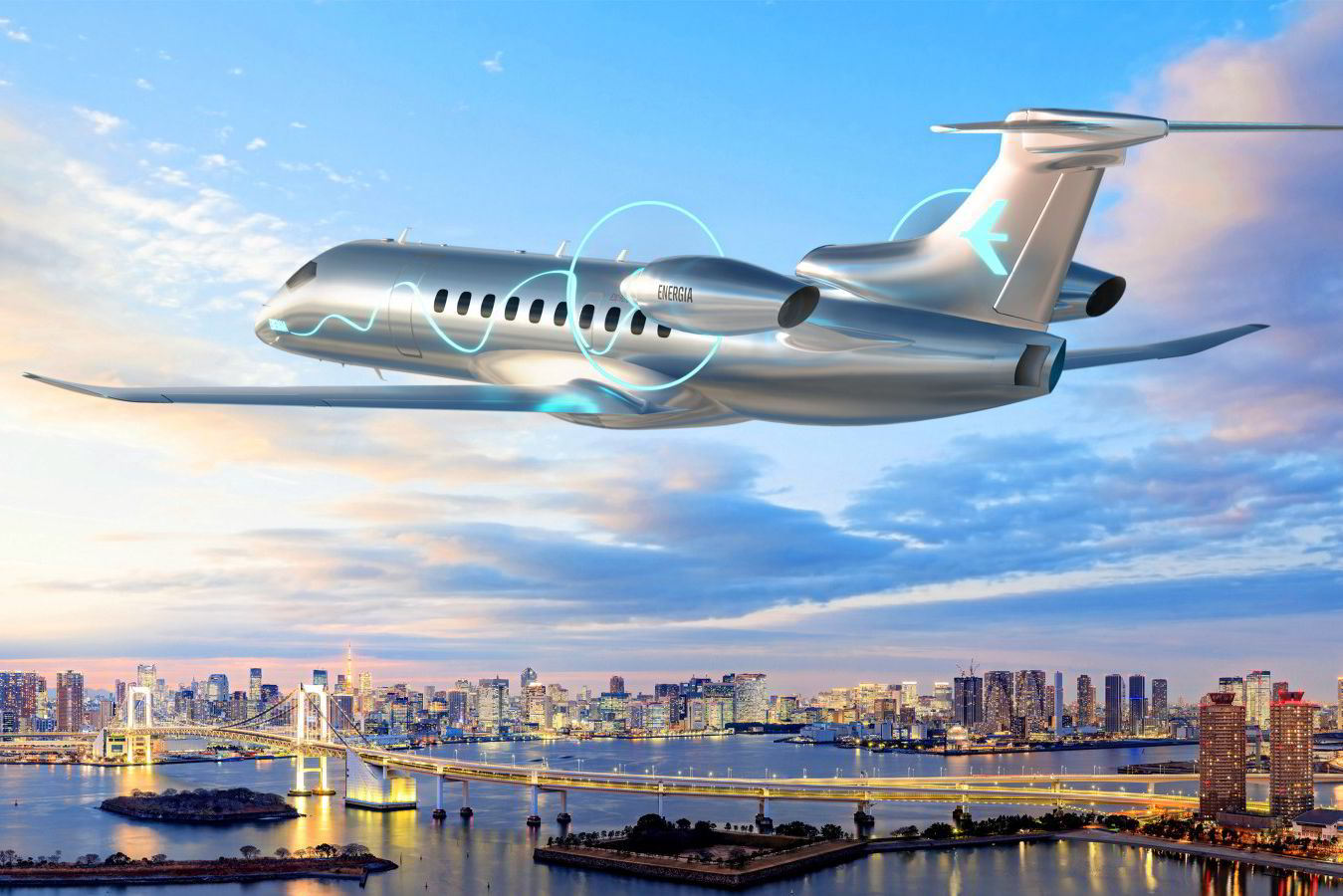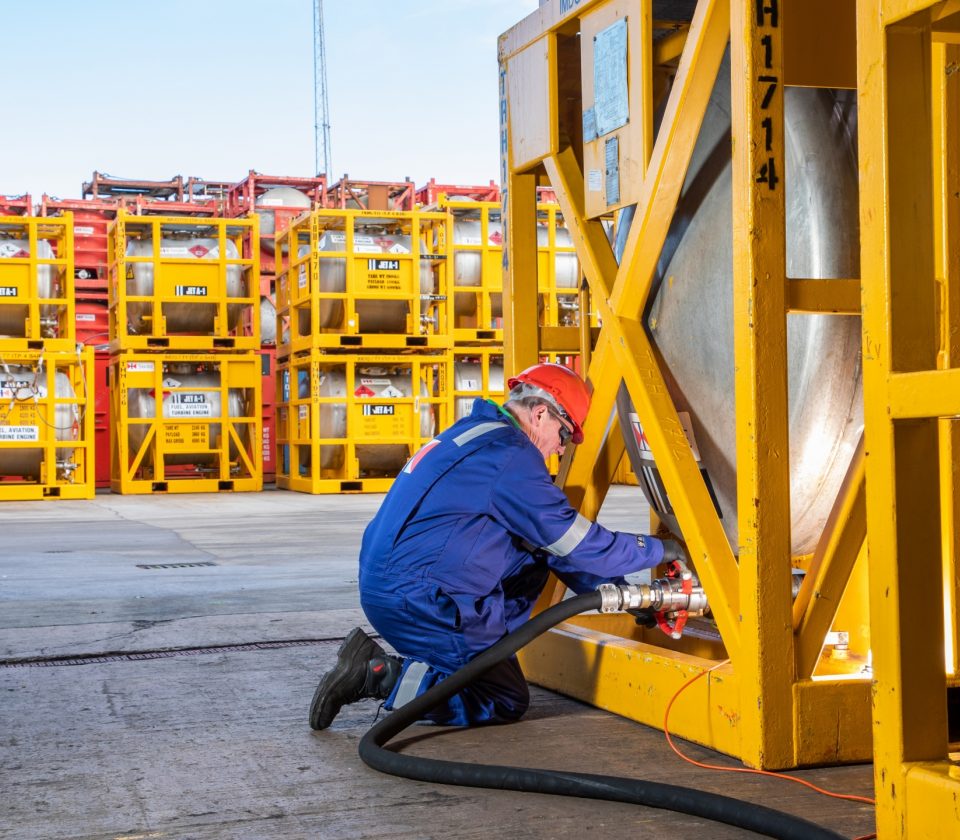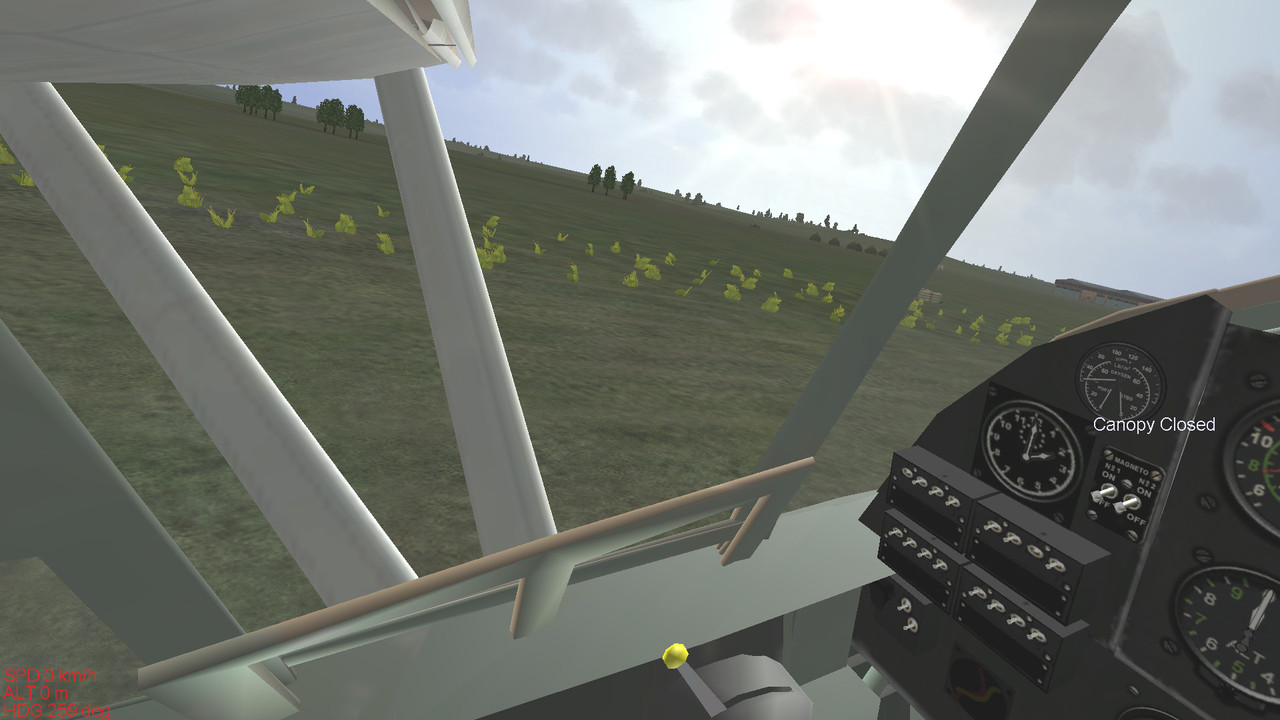Aircraft Fueler Requirements - where the aerodrome of intended landing is an isolated aerodrome: i) for a reciprocating engine aeroplane, the amount of fuel required to fly for 45 minutes plus 15 per cent of the flight time planned to be spent at cruising level, including final reserve fuel, or two hours, whichever is less;
or ii) for a turbine-engined aeroplane, the amount of fuel required to fly for two hours at normal cruise consumption above the destination aerodrome, including final reserve fuel; The level of responsibilities assigned to an aircraft fuel handler depends on experience and training.
Aircraft Fueler Requirements

Aircraft fuel handlers are responsible for maintaining good attendance and reliability standards, for one. Additionally, aircraft fuelers must not only perform fueling in a safe and efficient manner but also accurately fill out fuel transaction slips.
Aircraft fuelers are held responsible for daily quality control checks on their equipment, too. Aircraft also must be defueled from time to time, and aircraft fuel handlers are responsible for performing that task as well. where a flight is operated without a destination alternate aerodrome, the amount of fuel required to enable the
aeroplane to fly for 15 minutes at holding speed at 450 m (1 500 ft) above destination aerodrome elevation in standard conditions; or a) when the flight is conducted in accordance with the instrument flight rules and a destination aerodrome alternates

not required in accordance with 2.2.3.5, flight to the aerodrome of intended landing, and after that, for at least 45 minutes minutes at normal cruising altitude; or (a) No person may begin a flight in an airplane under VFR conditions unless (considering wind and forecast weather conditions) there is enough fuel to fly to the first point of intended landing and, assuming normal cruising speed -
(b) No person may begin a flight in a rotorcraft under VFR conditions unless (considering wind and forecast weather conditions) there is enough fuel to fly to the first point of intended landing and, assuming normal cruising speed, to fly after that for at
least 20 minutes. A flight shall not be commenced unless, taking into account both the meteorological conditions and any delays that are Expected in flight, the aeroplane carries sufficient fuel and oil to ensure that it can safely complete the flight.
The amount of fuel to be carried must permit: where a destination alternate aerodrome is required, the amount of fuel required to enable the aeroplane to: i) perform a missed approach at the destination aerodrome; ii) climb to the expected cruising altitude;
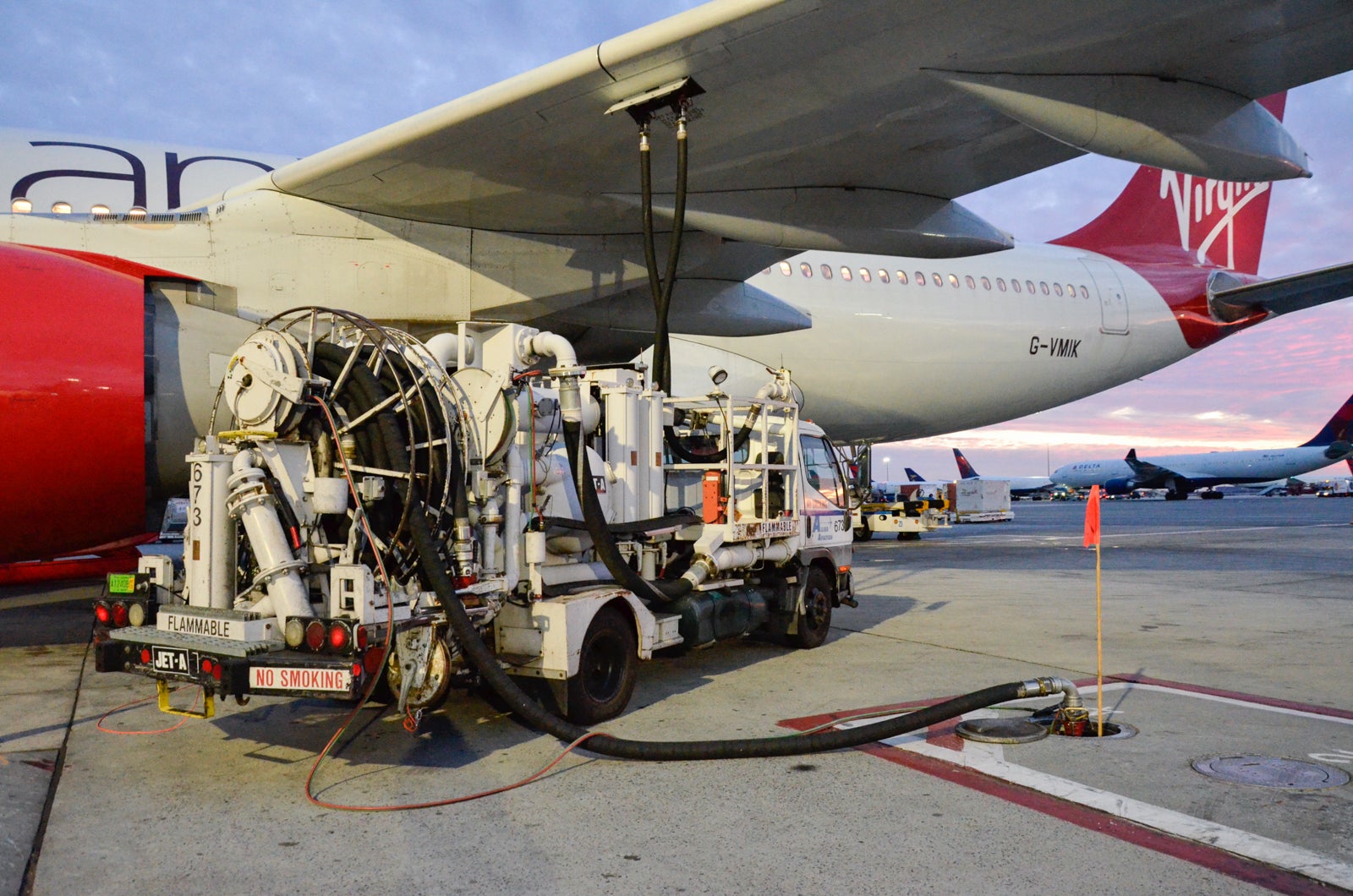
iii) fly the expected route; iv) descend to the point where the expected approach is initiated; and v) conduct the approach and landing at the destination alternate aerodrome; or c) when the flight is conducted in accordance with the visual flight rules by day, flight to the aerodrome of intended
landing, and after that, for at least 30 minutes at normal cruising altitude; or c) contingency fuel, which shall be the amount of fuel required to compensate for unforeseen factors. It shall be five per cent of the planned trip fuel or of the fuel required from the point of in-flight re-planning based on the consumption
rate used to plan the trip fuel but, in any case, shall not be lower than the amount required to fly for five minutes at holding speed at 450 m (1 500 ft) above the destination aerodrome in standard conditions;
You normally need a high school diploma or GED, and some sort of related experience to become an aircraft fuel handler. Aircraft fuelers must also be able to add, subtract, multiply and divide numbers to calculate fuel weights, measurements and volumes.

Most aircraft fueling companies require handlers to possess and maintain a valid driver's license along with applicable airfield or airport certifications. Note.— Unforeseen factors are those which could have an influence on the fuel consumption to the destination
aerodrome, such as deviations of an individual aeroplane from the expected fuel consumption data, deviations from Forecast meteorological conditions, extended taxi times before take-off, and deviations from planned routes and/or cruising levels. b) when the flight is conducted in accordance with the instrument flight rules and a destination aerodrome is alternate
required, flight from the aerodrome of intended landing to an alternate aerodrome, and after that, for at least 45 minutes at normal cruising altitude; or allow the aeroplane to descend as necessary and proceed to an alternate aerodrome in the event of engine failure
or loss of pressurization, whichever requires the greater amount of fuel based on the assumption that such a failure occurs at the most critical point along the route; i) fly for 15 minutes at holding speed at 450 m (1 500 ft) above aerodrome elevation in standard conditions;

and ii) make an approach and landing; Aircraft fuel handlers put fuel into aircraft in outdoor work environments under all weather conditions, which can be difficult and hazardous, according to AvJobs.com. Depending on the size of the airfield or airport, a fuel handler may handle many aircraft over the course of a shift.
Aircraft fuel handlers typically use mobile fuel trucks and motorized hydrant carts as well as stationary carts. An aircraft fuel handler must be able to hook up, pump fuel, correctly balance aircraft fuel tanks and then safely unhook the fuel pumping equipment.
For the most part, almost every type of aircraft requires liquid fuel to power the engines that propel it through the air. Commercial jet or propeller-driven airplanes, for example, usually need jet fuel or high-octane aviation gas.
In a commercial airline operation and at many airfields there are individuals called aircraft fuel handlers who are trained to pump aircraft fuel into a wide variety of aircraft. Because fuel is vital, aircraft fuels fill a very important role in any private or governmental aviation operation.
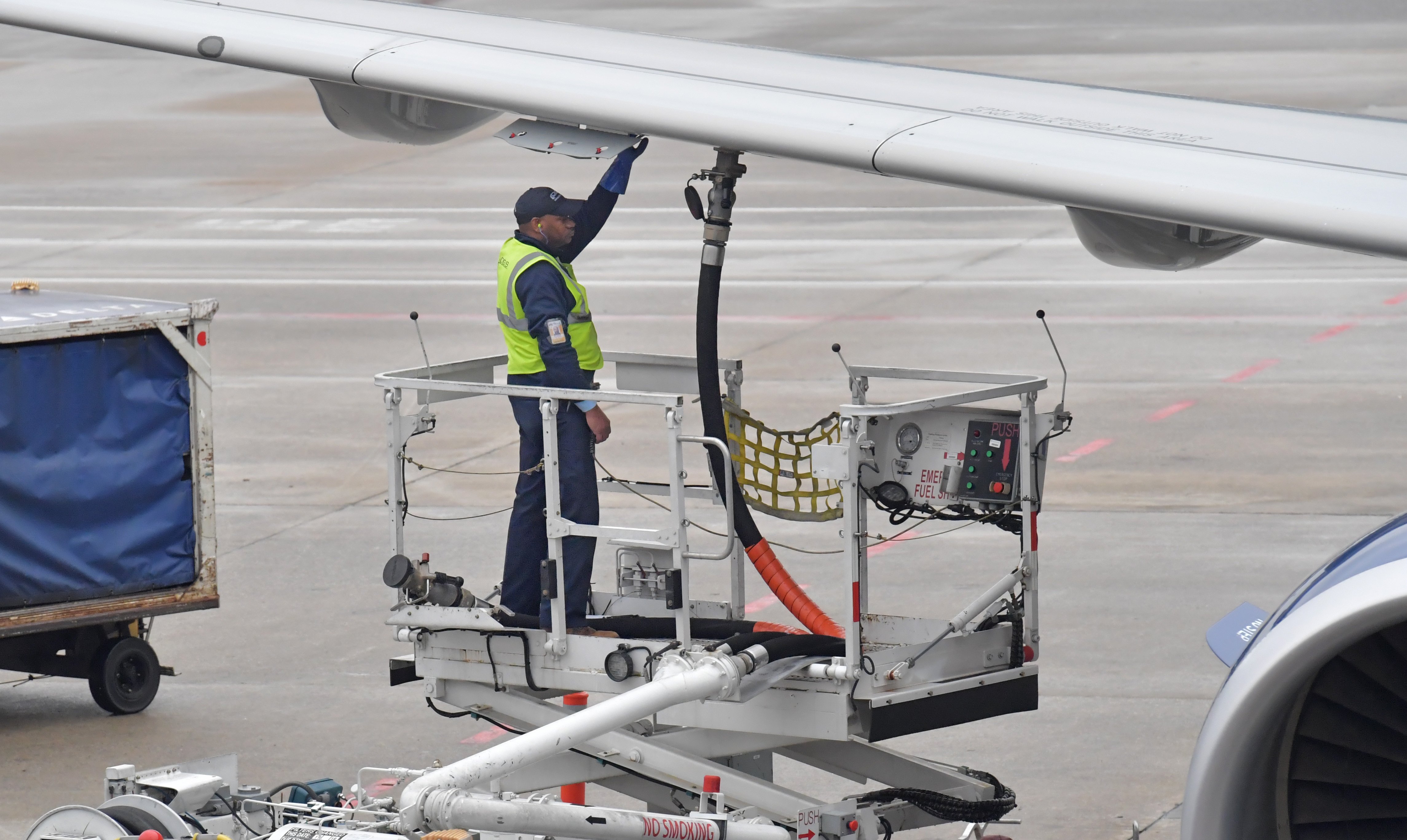
The U.S.A. Air Force website states that in-flight refueling specialists must have steely nerves, normal depth perception, knowledge of aircraft mechanical principles, and the ability to pass a background check. As of 2020, aircraft fueler salary averaged $34,789 per year, or $14.92 per hour, according to the job search website, Indeed.
Most aircraft operators such as commercial airlines contract with fueling companies to ensure that their aircraft are properly fueled. In turn, aircraft fueling companies hire and train individuals in the processes and procedures for safely fueling aircraft.
The Federal Aviation Administration itself has overall oversight of the training and certification of U.S.A. aircraft fuel handlers. Individual airports and airfields also typically require aircraft fuelers to pass 40-hour fuel training certification courses in fire safety.
Other aircraft fuel requirements include completion of regular biannual recertification training mandated thereafter. where two destination alternate aerodromees are required, the amount of fuel, as calculated in 4.3.6.3 d) 1), required to enable the aeroplane to proceed to the destination alternate aerodrome which requires the greater
amount of alternate fuel; or b) trip fuel, which shall be the amount of fuel required to enable the aeroplane to fly from take-off, or the point of in-flight re-planning, until landing at the destination aerodrome taking into account the operating conditions of 4.3.6.2 b);
aircraft fueler training, aircraft fueler jobs near me, aircraft fueler jobs, aircraft fueler duties, aircraft fueler salary, airplane fueler, aircraft fueler job description, airplane fueler jobs

